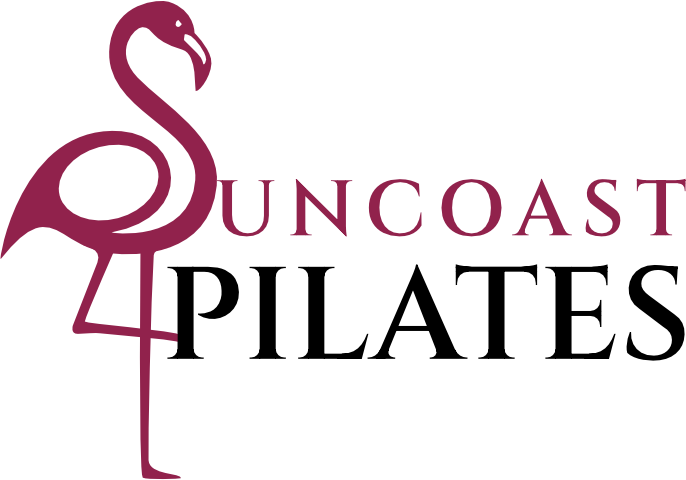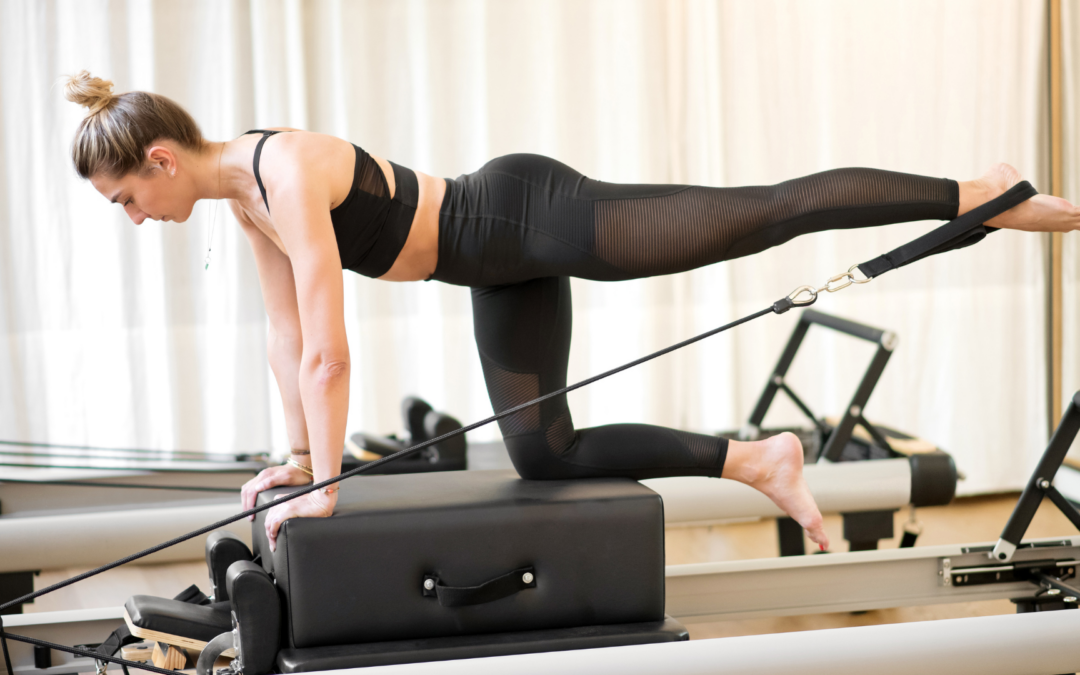Trying something new takes guts. Reformer Pilates might look like a lot at first. That’s normal. You’re not the only one who’s ever walked into a studio and thought, “Is that a bed or a machine?”
This post is for anyone thinking about that first step. If you’re brand new to Pilates or returning after time away, here’s what happens once you walk in—and what you’ll walk out feeling.
Here’s What Your First Session Looks Like
Plan to arrive a few minutes early. Your instructor will take time to introduce the machine, explain how it works, and help you feel comfortable. This includes adjusting the springs and bar for your body. No pressure. No assumptions. Just steady, hands-on guidance.
You’ll lie down on the reformer and move through a simple series of exercises. The springs will provide a mix of challenge and support. It won’t feel like a workout in the traditional sense. It will feel different—and good.
You’ll move slower. You’ll breathe with intention. You’ll notice small muscles working that don’t usually get much attention. Most clients are surprised by just how supported they feel. The reformer doesn’t just add resistance, it helps you to see body imbalances and stabilize your spine and joints through movement.
What to Wear and What to Bring
Comfortable clothes that hug the body work best. Think leggings or stretch pants and a form-fitting top. Grip socks are needed as well. (You can buy them when you come if you don’t have them already. No shoes needed.
You don’t need to bring anything besides yourself. The studio provides the rest.
What You’ll Feel
It won’t feel like bootcamp. And it’s not about keeping up with anyone else.
You’ll be coached through each movement in real time. Some parts may feel shaky. That’s your muscles learning a new way to work.
Some movements will target the core and glutes. Others will stretch the spine or open tight hips. Your instructor adjusts resistance and range to match your needs.
You’ll feel more aware of how you move. You might even feel taller by the time you stand up.
How They Compare
Each method has its strengths. Mat is accessible and simple. Reformer offers support and variety. Cadillac provides the most adaptability and precision.
If you’re doing home pilates and want to build consistency, a mat can be a good starting point. If you want support from springs and an instructor guiding you through every step, the reformer is a strong choice. If you need extra care or have specific needs, the Cadillac can meet you there.
The goal isn’t to pick just one and stick to it forever. It’s to find what works for your body right now—and grow from there.
After Your First Class
Mild soreness is common that fades quickly. What remains is a deeper sense of control and calm.
It’s common to start with two sessions each week. That gives your body time to adapt. From there, your instructor can recommend the next steps based on your goals.
Why the Reformer Works
The reformer was designed to meet people where they are. The springs adjust, providing needed support and resistance for strength training.
For anyone exploring pilates, starting in a studio makes a difference. It’s easier to learn the right way to move when someone’s right there beside you.
Our clients include busy parents, retired professionals, athletes as well as people recovering from injuries. They come in with stiffness, fatigue, body imbalances or stress. They leave with a new sense of what their bodies can do.
FAQ
Is reformer Pilates good for beginners?
Yes. The machine supports and challenges in ways that feel both doable and different.
Do I need to be in shape before I start?
No. We meet you where you are. You don’t need to stretch or train beforehand.
What muscles will I use?
During Pilates session you always work on the entire body In all planes of movement. You will do a lot of functional exercises.
How long is a class?
Most sessions last 50 minutes from start to finish.
Can I do reformer Pilates at home?
Yes, but in-studio instruction helps you build a safe, smart foundation before moving on to home pilates setups. And you have to buy a Reformer, which can cost $5k+.

